Photographing the fall colors is one of the most special experiences for any photographer.
Taking pictures in the fall season means vibrant colors, soft light, fog, and a moody atmosphere.
For many reasons, fall photography is the favorite topic of many photographers; it’s also mine.
That’s why I usually plan an Iceland photo tour for September, and in October, I photograph the autumn at home, in Pennsylvania.
There are many elements in fall photography, but when we photograph the foliage and fallen leaves, color is, without a doubt, the most important thing.
Shooting the fall colors, you can add depth, atmosphere, and make your fall photographs more vibrant.
It’s true that the color peak only lasts for a few days, but that’s precisely what makes fall photography so unique.
To make the most of your fall photography experience, I’d like to share some of the best tips for photographing the fall season:
1. Plan your fall photography trip during the color peak
Fall doesn’t take place everywhere or at the same time.
In most of the Northern Hemisphere and certain areas of the Southern Hemisphere, you can enjoy fall photography with more or less intensity depending on the latitude and the altitude of your location.
In places at a higher latitude and altitude, you can photograph the fall earlier, so make sure you do your own research to plan when is the best time to go.
The fall color peak can be slightly advanced or postponed depending on the temperatures and the rain, but statistically, it takes place around the same time each year.
Best time to photograph the fall
Below are some examples of the best time to photograph the fall in different locations around the world:
- Arctic Tundra (Alaska, Northern Canada, Greenland, Iceland…): It’s the first place you can take fall photography in the Northern Hemisphere. The fall peak usually happens from late August to Mid-September.
- High mountains (Canadian Rockies, Colorado mountains, Glacier National Park): In the Rocky Mountains, the fall commonly occurs from mid-September to early October.
- Northeastern US (Maine, Vermont, New Hampshire): Probably the best place to photograph the foliage in the US. The fall photography season kicks off from late September to early October.
- East Coast of USA (Pennsylvania, Virginia, Maryland): Depending on the year, you can photograph colors and fallen leaves from mid to late October.
- European mountains(Dolomites): Fall photography in Europe takes place a bit later than in most of the US, usually from late October to early November.
- Japan/ South Swamps(Florida/Texas): Fall is probably the most popular season in Japan. It’s also an exciting time to visit the Southwest swamps. Plan your fall shots for mid-November.
- Patagonia: The first place of the year where you can take fall leaves photography, generally from late April to early May.
In some locations, you can also find official Foliage reports, like this Maine foliage report. These reports are very useful for planning your trip during the best possible time.
There are many more incredible places in the world to photograph the fall; just make sure you visit them at the right time- that’s the most crucial fall photography tip!
2. Take pictures in the fall during the best hours of light
Other advice for fall color photography is to try to shoot during the best hours of light, mainly during the golden hour.
If the sun is too high in the sky, you’ll not only have more contrast, but also, when you photograph the fall foliage, the fall colors will be diminished by the sunlight.
If you’re shooting fall forests, you’ll usually find the best light at twilight, but you can also find interesting light, even when the sun is over the trees, in forests with abundant vegetation.
Overcast and rainy days are also perfect for shooting waterfalls and autumn forests; the light is softer, and the water usually makes the fall colors pop.
3. Photograph the fall leaves by getting closer to the ground
One of the best fall photography ideas is to shoot not just the fall color of the trees, but also the color on the ground when you do fall leaves photography.
Take advantage of the vivid colors by getting close to the most colorful leaves. They’ll be the perfect foreground in your fall photos.
4. Take your telephoto lens to shoot fall photography details
The fall photography season also offers interesting scenes to shoot from a distance, especially when fall trees are showing different colors.
Use your telephoto lens to photograph the variety of fall colors, or to isolate trees and other subjects in your images.
It’s also a good autumn photography idea to use your telephoto lens to compress the image, placing the main subject in front of a fall photography backdrop where there is a different color or contrast.
5. Use a polarizer, the best filter for fall photography
A polarizer is the best filter for photographing the fall, especially in forests and waterfalls.
By using a polarizer in fall photography, you’ll eliminate unwanted reflections while adding some contrast and natural saturation to the fall colors.
In addition to that, the polarizer will reduce some light, so you can decrease your shutter speed to capture motion in some locations, such as rivers or streams.
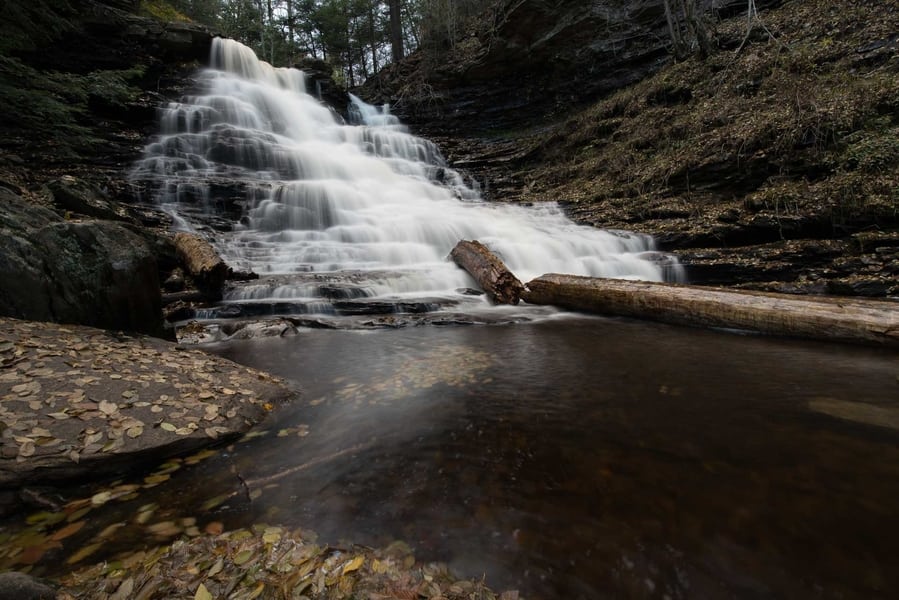
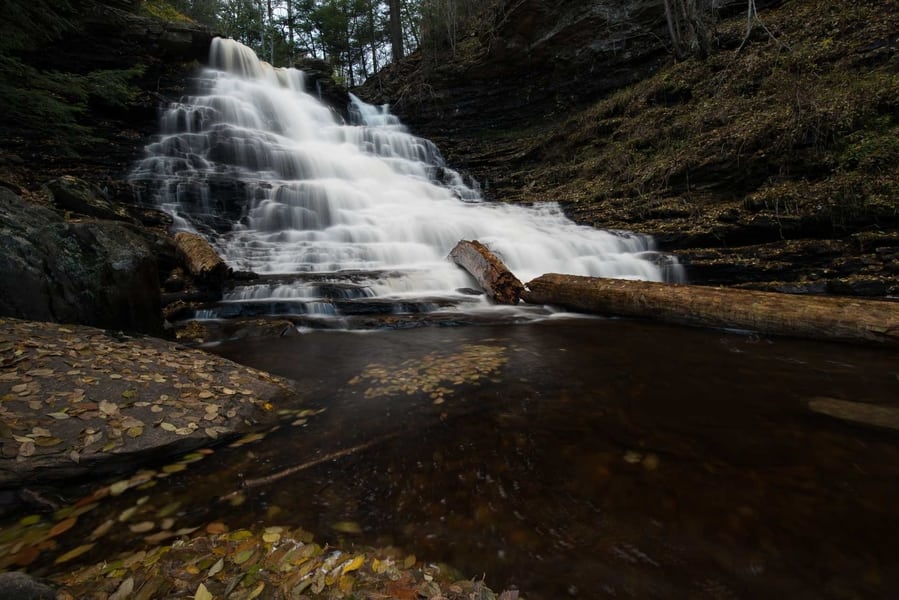
Circular Polarizer filter. f/11, ISO 100, 1,6 sec.
A polarizer is attached to my lens 90% of the time when I’m photographing fall forests.
6. Prepare your ND filters for shooting waterfalls
The autumn photography season is also one of the best for shooting waterfalls.
If you want to get a silky effect on your fall water images, you’ll probably need a Neutral Density filter if there is too much light, and you’ll need to lower your shutter speed.
If you’re shooting at twilight, you can close your aperture down to f13 – f16, but if there’s more light, you’ll need a 3-stop or 6-stop ND filter.
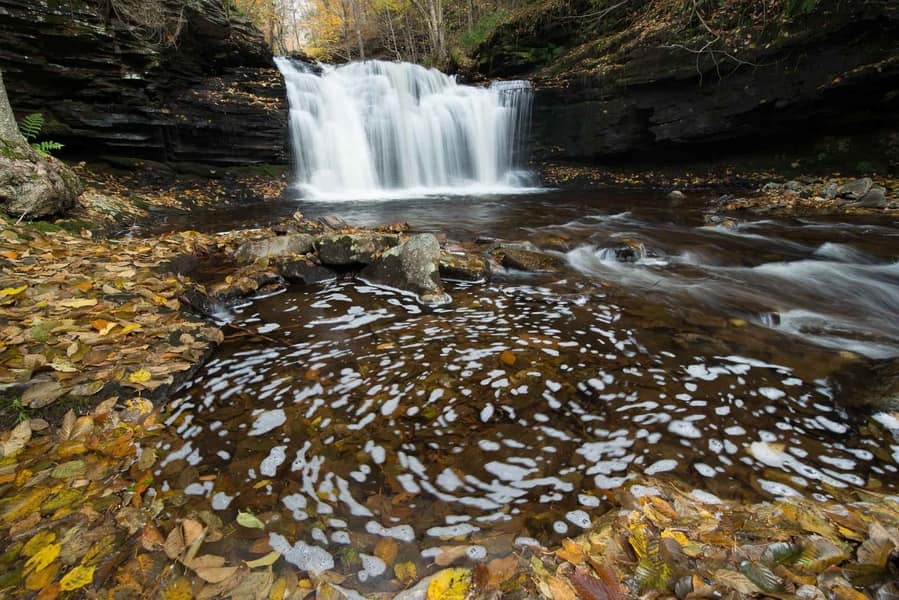
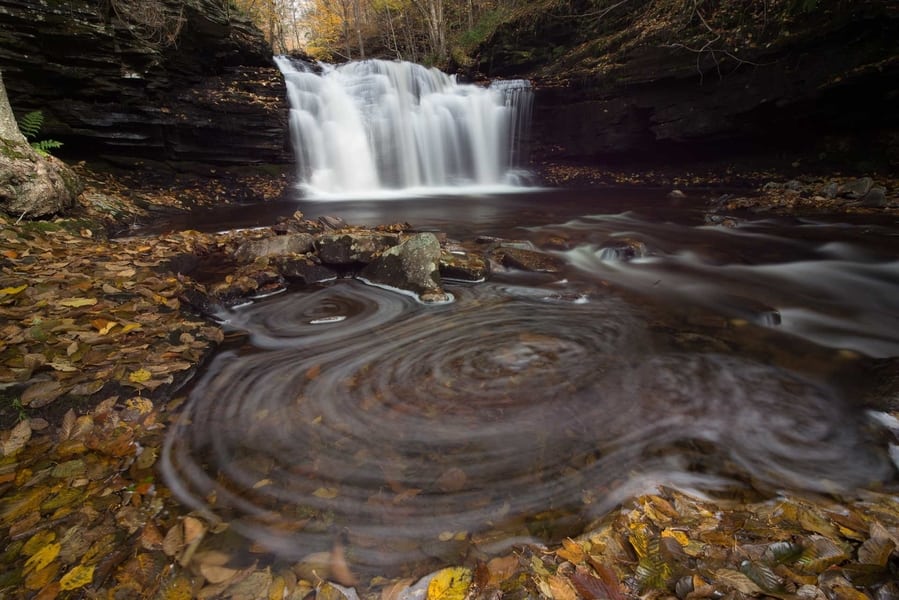
ND 6 stops filter + Circular Polarizer filter. f/11, ISO 100, before shot 1/5 sec., after shot 30 sec.
You can find more information about the best lens photography filters in this article.
7. Get a pair of waders, the best fall photography outfit
When I started photographing the fall, I always ended up with my boots wet and full of mud. Now, I always wear my waders if I’m shooting autumn forests or places with water and mud.
You’ll be more comfortable, and they’ll allow you to get into the water to capture the perfect composition for your fall forest shots. You can check our guide to photography composition here.
There are some pricey professional waders, but with a pair like this, you’ll be fine.
8. Add some warmth to your fall images
In fall photography, your images can have a more interesting mood and feel just by adding some warmth.
You can do this in two different ways:
- On camera: Set your white balance manually to a warmer temperature.
- During the editing/processing: Change the general temperature of the image.
9. don’t forget to LOOK AT THE SKY
A very handy fall photography tip is to look at the sky.
We’re used to shooting from a normal perspective, but during this season, the trees are the protagonists, and there are other original ways for shooting the fall foliage from a different perspective.
The best fall photography advice to take this kind of shot is to use a wide-angle lens. Place yourself in the middle of a group of trees and point your camera up to the sky.
10. Edit and process your fall images
My last fall photography tip is to edit and process your raw files.
Even with some basic editing, you can balance the exposure of your image, make some basic adjustments in your composition, and enhance the fall colors.
My favorite tool in Lightroom for editing and processing fall photos is the HSL panel.
Using this adjustment, you can change the hue, saturation, and light of each particular color, turning the yellow into a more orangish hue or increasing the saturation just in the red colors.
The goal is to increase the vibrancy and saturation in just the fall colors and not across the entire image.
Make the most of these fall photography tips!
As you can see, fall photography is one of the most exciting and rewarding types of photography.
The essential thing is to plan the right time for photographing the fall foliage: during its color peak.
Once the color is there, you’ll have the right gear and know the best techniques to photograph the fall colors as explained above. You’ll be all set to capture breathtaking images of the fall season!
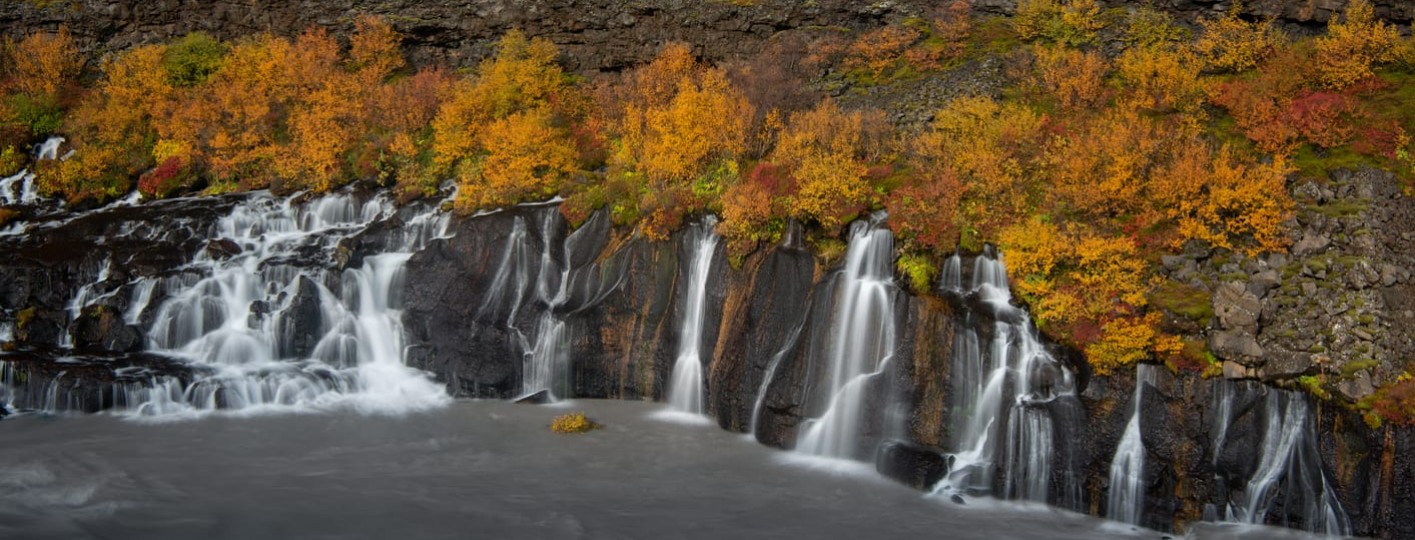
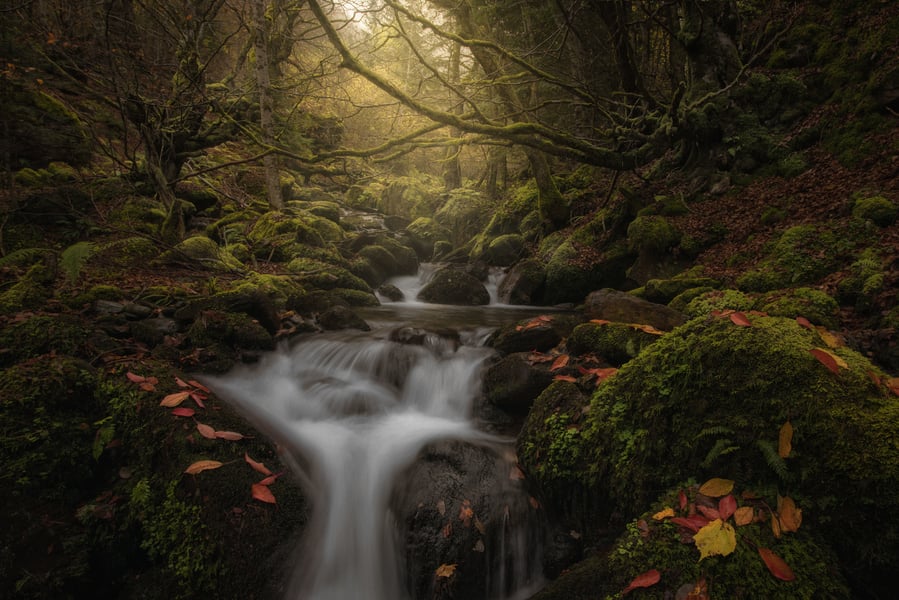
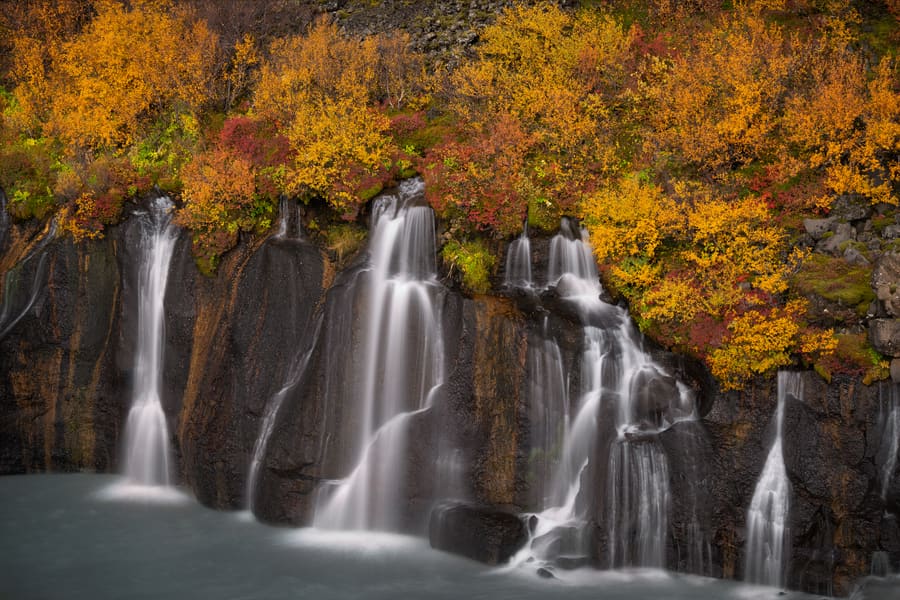
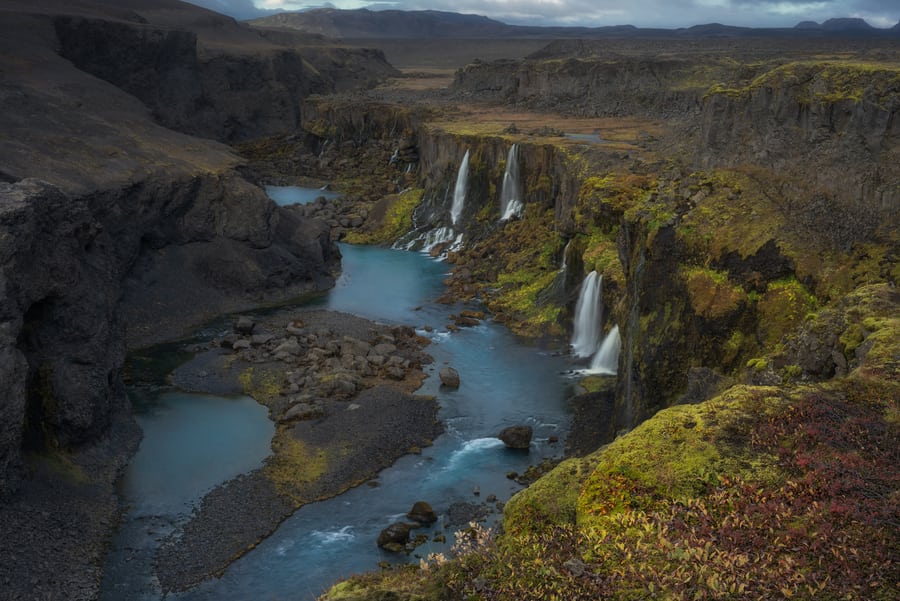
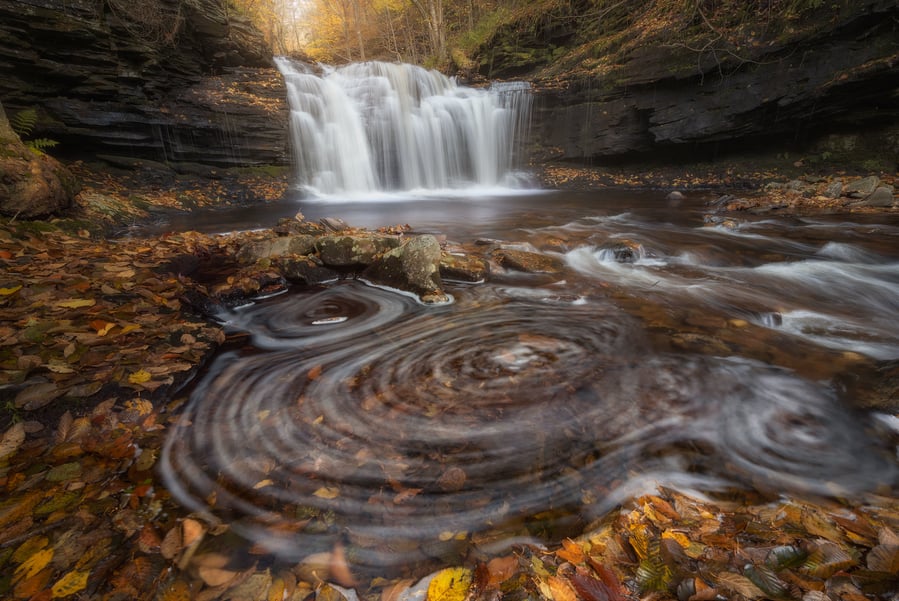
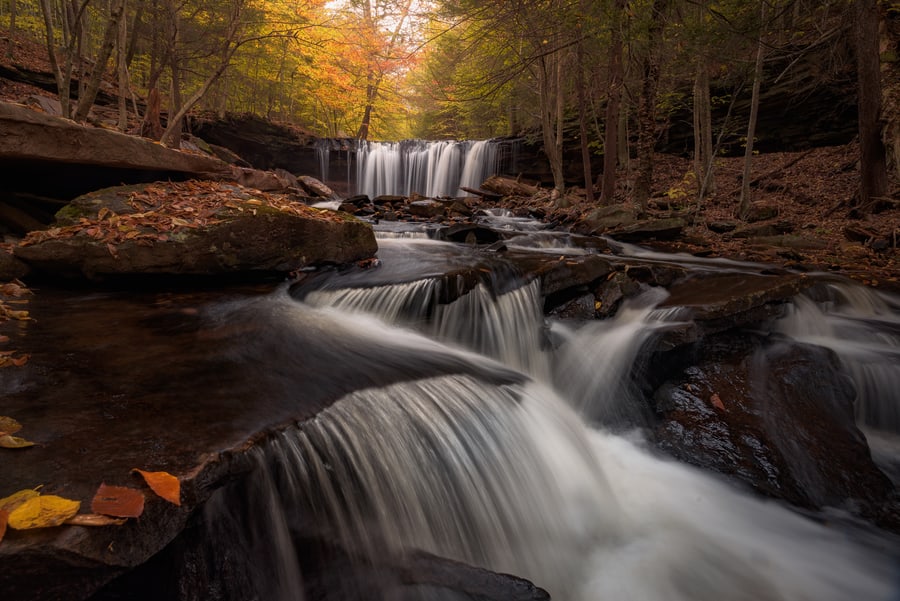
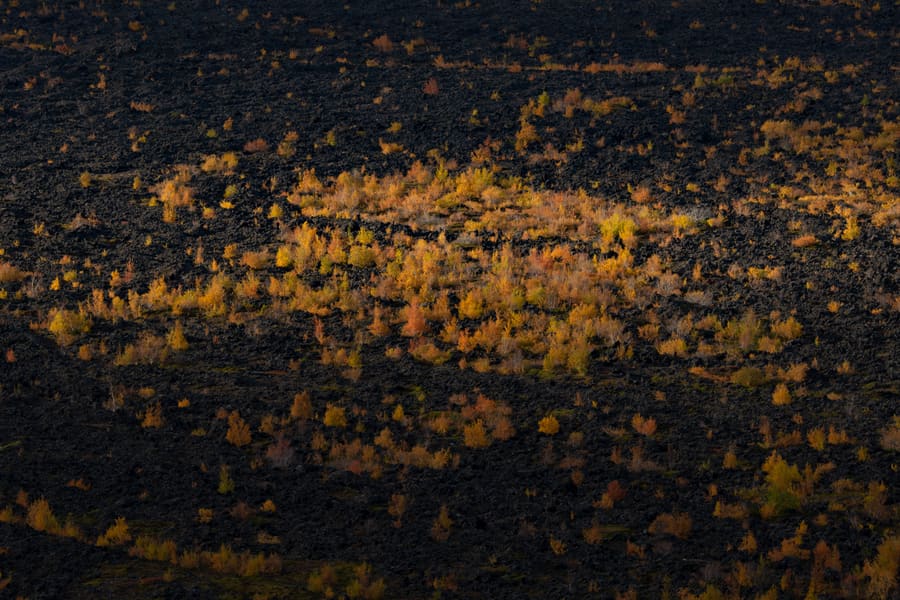


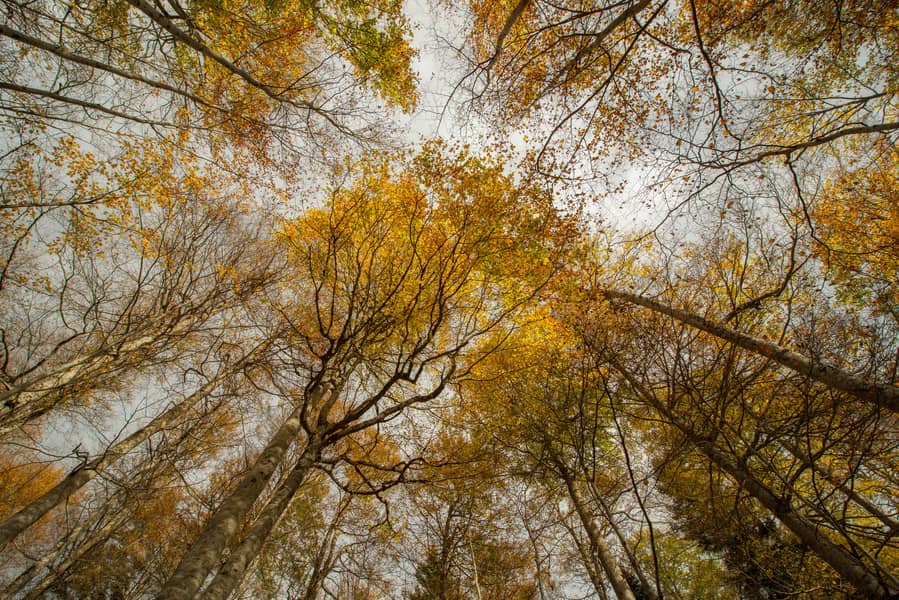

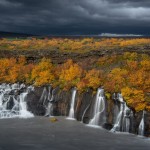
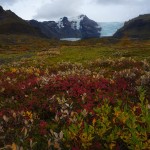
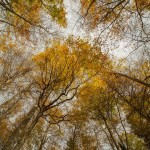
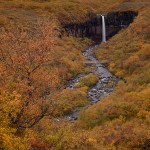
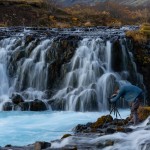
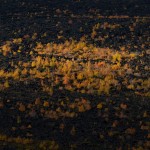
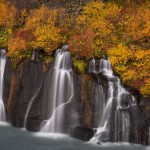
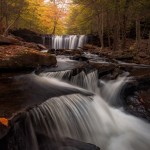
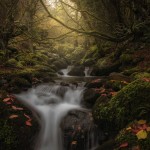
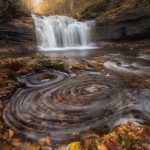
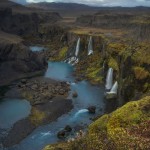
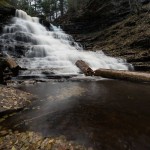
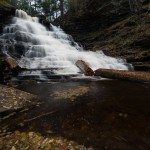
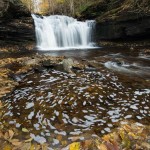
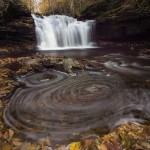
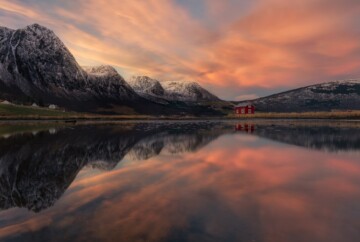
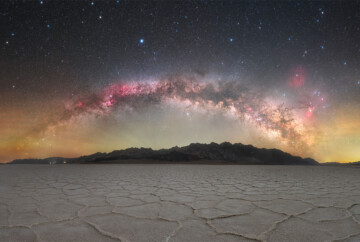
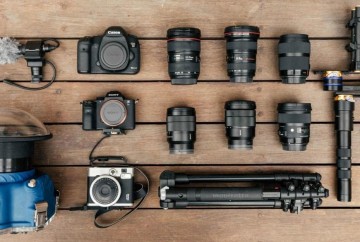







The extent of your tips in all areas of photography is amazing – and it’s free! I can’t wait for our Lofoten tour on Feb 18th.Thanks, Dan
Thanks so much, Gayle! The Lofoten Islands is such a magical place to photograph. I hope you enjoyed the tour! 😊